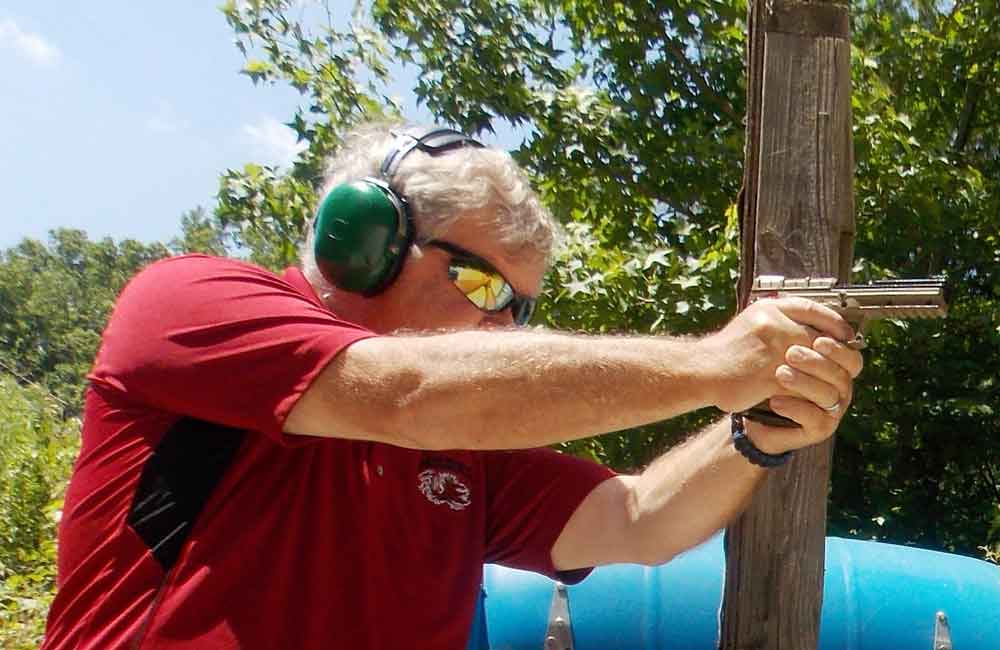
Purchasing and using a handgun might be a choice for safety, while others rely on the weapon for sport. Regardless of personal motive, accuracy when firing a weapon can mean different things. Practice and mechanical accuracy are the two ways handgun accuracy can be defined. The tests for each are different.
The Assumption of Accuracy
There are several common assumptions of accuracy with regard to both mechanical and practical considerations. These include:
- The accuracy and consistency of performance with more than one firing
- The fit of the barrel and slide-to-barrel to provide intrinsic accuracy
- The proficiency of the shooter for target accuracy
It is much easier to test for intrinsic accuracy since it deals with the mechanics of the weapon itself. The proficiency and practical accuracy of the shooter are much harder to quantify. Through the use of training or accessories like a Sig fire control unit, shooters can make adjustments to their accuracy, while examination, cleaning and other mechanical adjustments can be made to improve weapon functions.
The Test for Accuracy
If you plan to test your pistol, revolver or another handgun for accuracy, you will need to have an initial standard to set a comparison. Consider the accuracy rate of the average shooter. You also need to look at the standard accuracy for the class of firearms that you are shooting. Accuracy doesn’t have to be measured through a single group. Instead, the closeness of each shot over several groupings presents a better picture. How close a shooter makes each grouping is also evaluated.
The Final Say in Accuracy
To formally evaluate the accuracy of your weapon and your own performance, many rely on the team mean dispersion. In other words, if your weapon can consistently deliver on the intended activity and perform as intended, then it can be said that your handgun is accurate.
